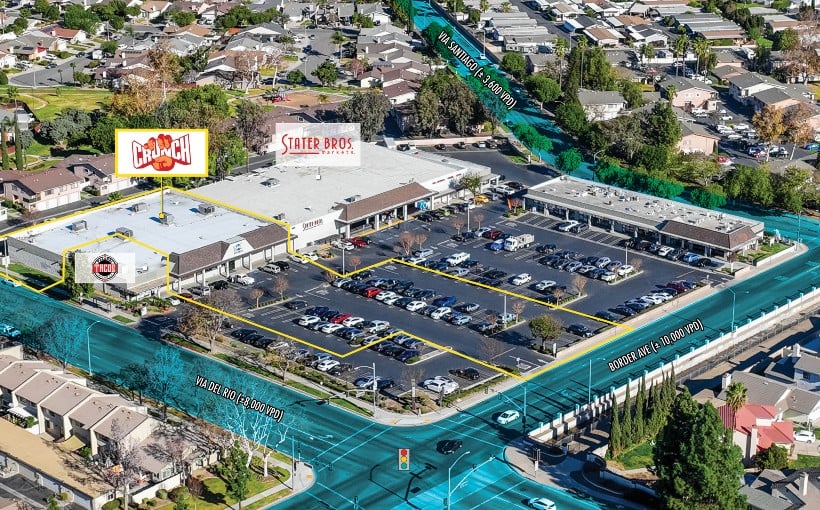With the pandemic in the rearview mirror, return-to-office mandates are on the rise. Many workplaces don’t require employees to show up every day from nine to five; instead, many workers come into work anywhere from two to four days a week. Placer.ai noted that this “new hybrid status quo” presents cities, Business Improvement Districts, retailers and other stakeholders with significant challenges. Data indicates that employee traffic is heavier during midweek while top executives account for a disproportionate share of visits – demonstrating they lead by example. Proximity also plays an important role as one-quarter of employee visits in Boston, Chicago and New York come from areas less than one mile away from their main business center whereas Houstonians depend heavily on cars due to lack of public transportation options available there. Furthermore, single households have been found to have higher visitation rates compared with other types of households according Placer’s white paper entitled “Exploring the On-Site Workforce in 5 Major U.S Cities” . Additionally it was observed that workplace visitation patterns vary across professional sectors and access is key when considering visit frequency .
Ethan Chernofsky , Senior Vice President at Placer said employers are focusing on how make office place more appealing for employees “From amenities within building itself all way down experience immediate surroundings there push help offset some impact virtual work” he added . Analysts at Placer further noted ripple effects lower workplace attendance impacting everything neighborhood food trucks stores hotels subway systems alike making data collected through this research invaluable tool understanding current trends back office movement post pandemic world




